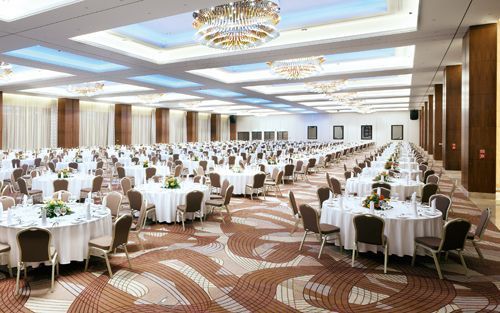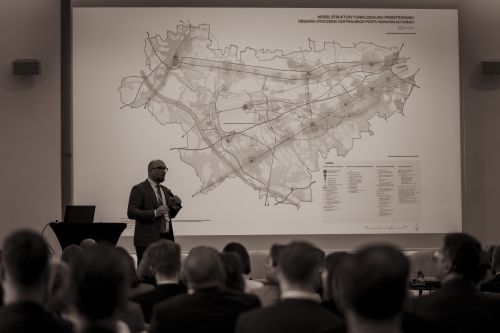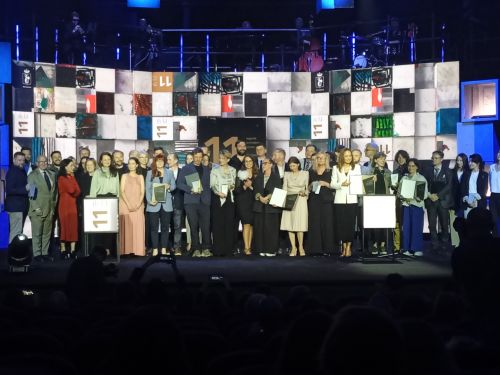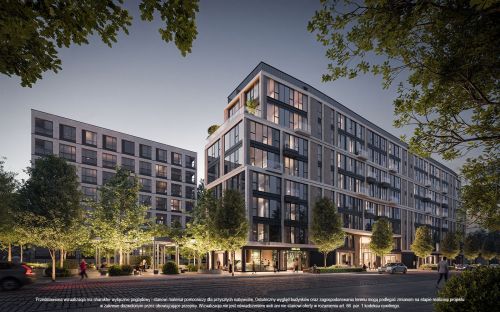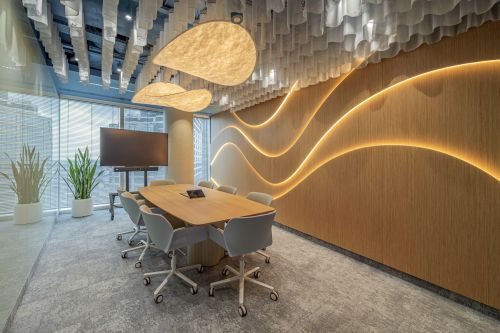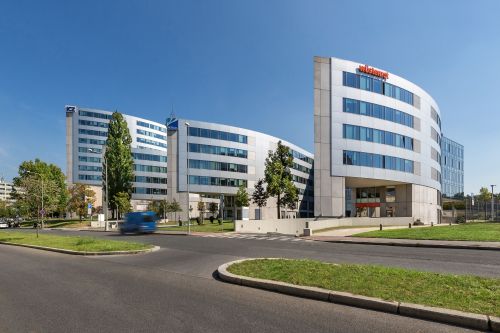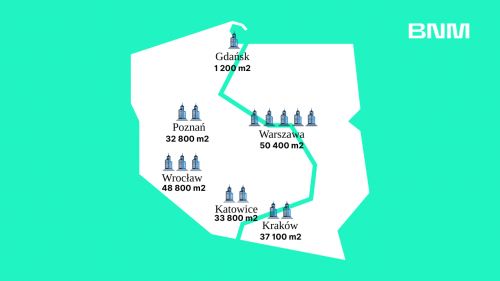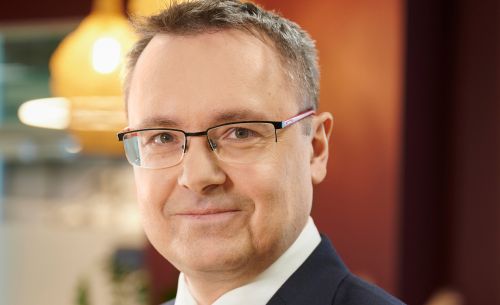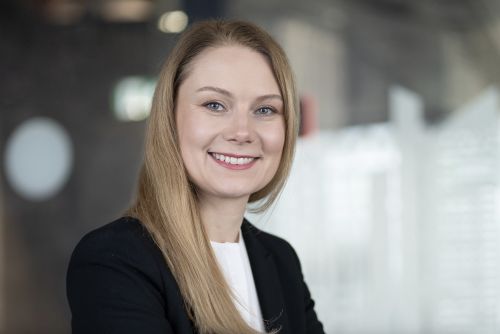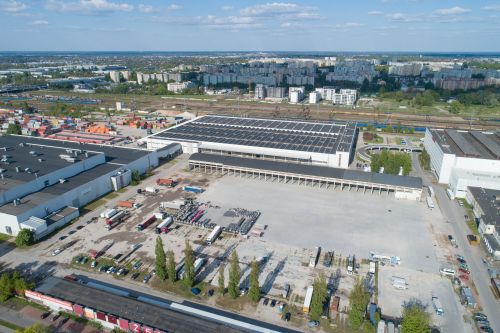Many large projects have recently been built alongside hotels offering a few thousand square metres of conference space. Each can accommodate a thousand to a few thousand people at the same time. A large number of these conference-hotels have been commercial successes and are now firmly established as venues in the minds of meeting organisers in Poland. Notable examples popular in this category include such hotels as: the Hilton Warsaw Hotel & Convention Centre (opened 2007), the Sheraton Sopot Conference Centre & Spa (2008), Ossa Congress & Spa (2008), Andel’s Łódź (2009) and Gołębiewski Karpacz (2010), as well as Warszawianka in Jachranka (extended by a conference centre in 2012), Narvil Conference & Spa (2013), Gromada in Kraków (2013), and two DoubleTree by Hilton hotels – in Łódź (2013) and Warsaw (2014). The boom in this segment is undoubtedly related to the growth of the corporate meetings industry
